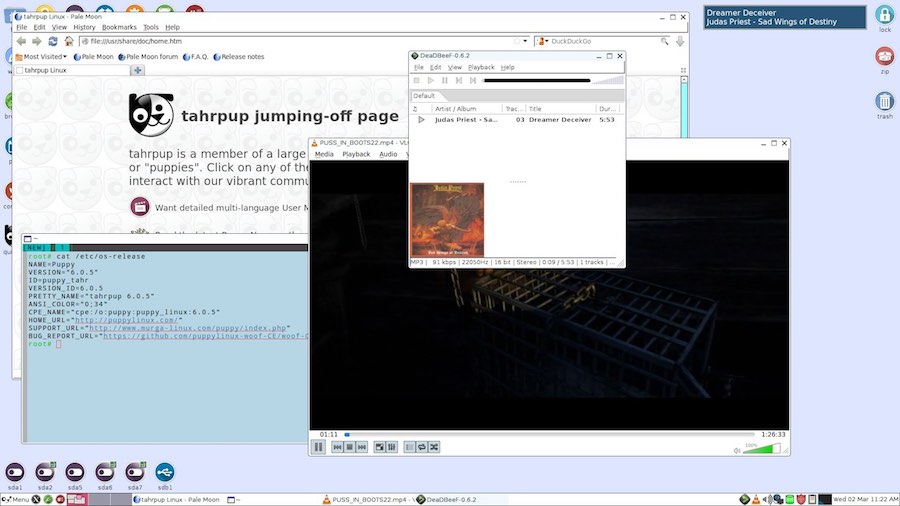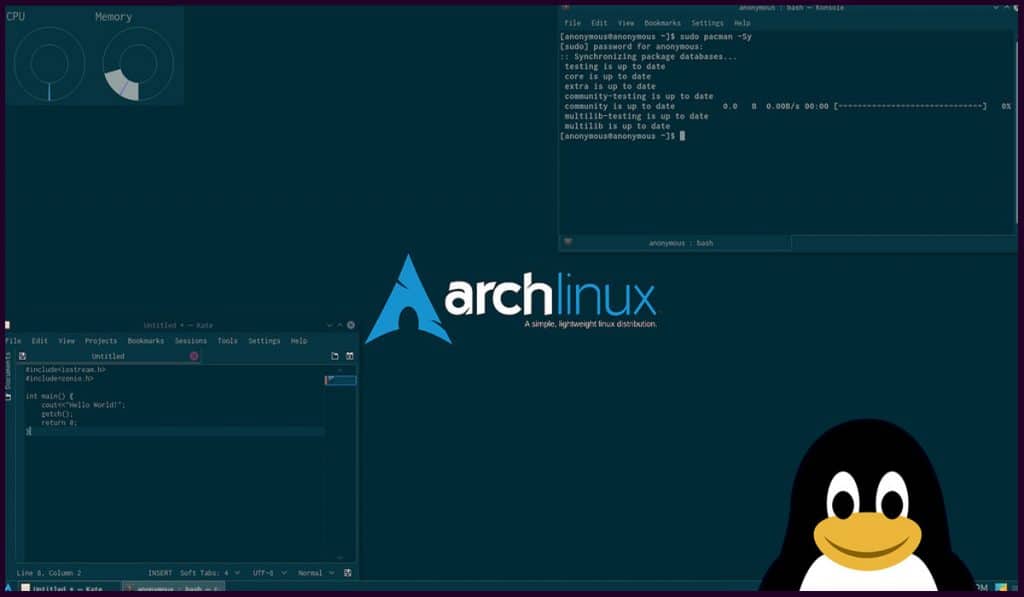
- #Lightweight linux distro for efi apk
- #Lightweight linux distro for efi install
- #Lightweight linux distro for efi full
- #Lightweight linux distro for efi android
#Lightweight linux distro for efi install
Hardware ALWAYS dictates what you may install on it until you crack it. You're too aligned with Richard Stallman for your own good.
#Lightweight linux distro for efi full
I like comparing Secure Boot as what HTTPS is trying to achieve, all it needs is Mircosoft to have full participation of signing distros or hand a key to With the nature of linux, not everyone will win if they attempt to have a more secure environment since Secure Boot is way to go. Mircosoft should give the unix board a key, assuming that they can keep it secure so they can manage sigining software. Making it harder for them to inquire Microsoft to sign their distro.

This does affect smaller distros that are not commonly use. They both have Ubuntu and Mint respectively, all under UEFI secure boot. I'm currently using secure boot on both my laptop and Self Built Desktop. (ensuring you have boot from usb set first or manually choose to boot from) Major linux distros now support secure boot uefi and only require you to NOT to flash your usb using tools like rufus or windows 7 usb tool,īut only to copy and paste the files of the extracted iso and onto the usb. I'm just tired of seeing people scream over the fact that many are saying linux and steamos will be unsuseable. As a result, Linux won't necessarily be locked out on PCs with Secure Boot permanently enabled. Looking for another Kali Linux alternative? Check out Parrot Security OS, a very powerful pentesting distro.That said, common Linux distributions like Ubuntu and Fedora have worked with Microsoft to get their bootloaders signed with the company's key, and other, distribution-agnostic workarounds do exist. # Now, you can run and follow the instructionsīlackArch is compatible with Arch Linux ARM. $ sudo pacman -S blackarch-install-scripts # Install blackarch-install-scripts package You can install BlackArch Linux (packages AND environment) using the Live or Netinstall medium. # Download, compile and install all BlackArch tools # Download, compile and install whole category If the BlackArch package repository is setup on your machine, Use blackman tool to install entire repo. You can build the blackarch packages from source, as an alternative way of installation. To install a category of tools, type: # pacman -S blackarch - – Installing from source To list all of the available tools, run the following: # pacman -Sgg | grep blackarch | cut -d’ ’ -f2 | sort -uįor BlackArch categories, run: # pacman -Sg | grep blackarch – Installing on top of ArchLinux # Run as root and follow the instructions. You can simply download the ISO (come with an installer: blackarch-install) from the official download page, burn it on DVD or USB drive. You can also install it on top of existing Arch Linux. See complete BlackArch Linux Tools List Download/Install zulu (a lightweight 802.11 wireless frame generation tool to enable fast and easy debugging and probing of 802.11 networks), etc.zmap (fast network scanner designed for Internet-wide network surveys blackarch-scanner),.faraday(a new concept (IPE) Integrated Penetration-Test Environment).ettercap (a network sniffer for ethernet LANs – console),.

#Lightweight linux distro for efi android
#Lightweight linux distro for efi apk
android-apktool (a tool for reverse engineering Android apk files),.a2sv (Auto Scanning to SSL Vulnerability),.Some random Tools (no specific order/category/group): Arch Linux users can setup BlackArch tools collection on top of it. You can install tools individually or in groups. BlackArch is relatively new, to report bugs visit issue tracker on Github.


 0 kommentar(er)
0 kommentar(er)
